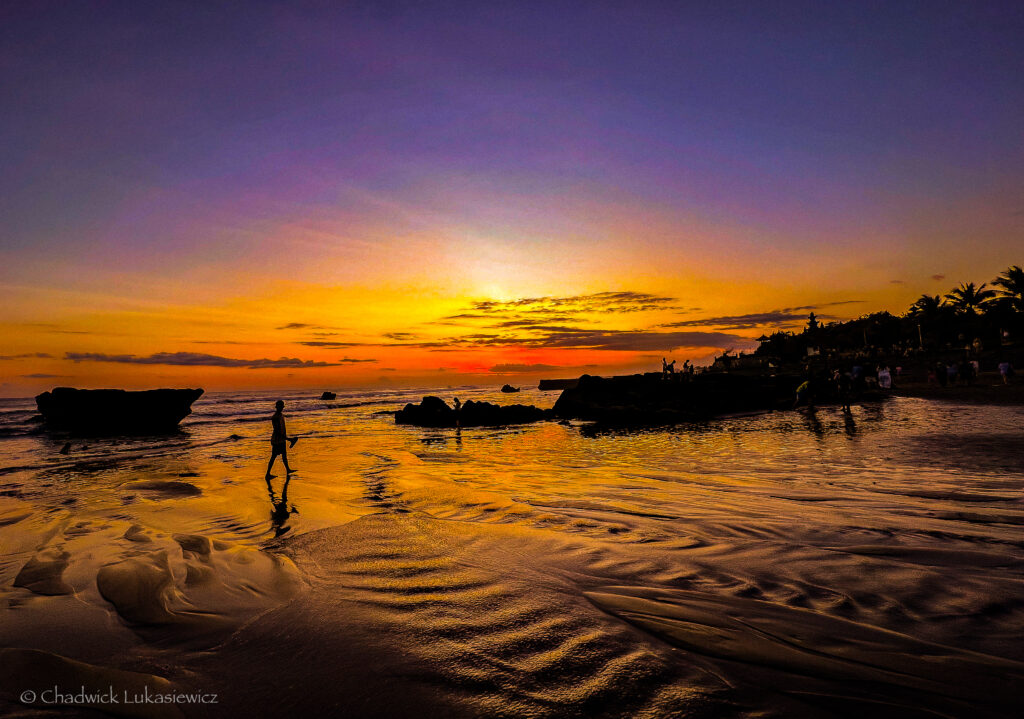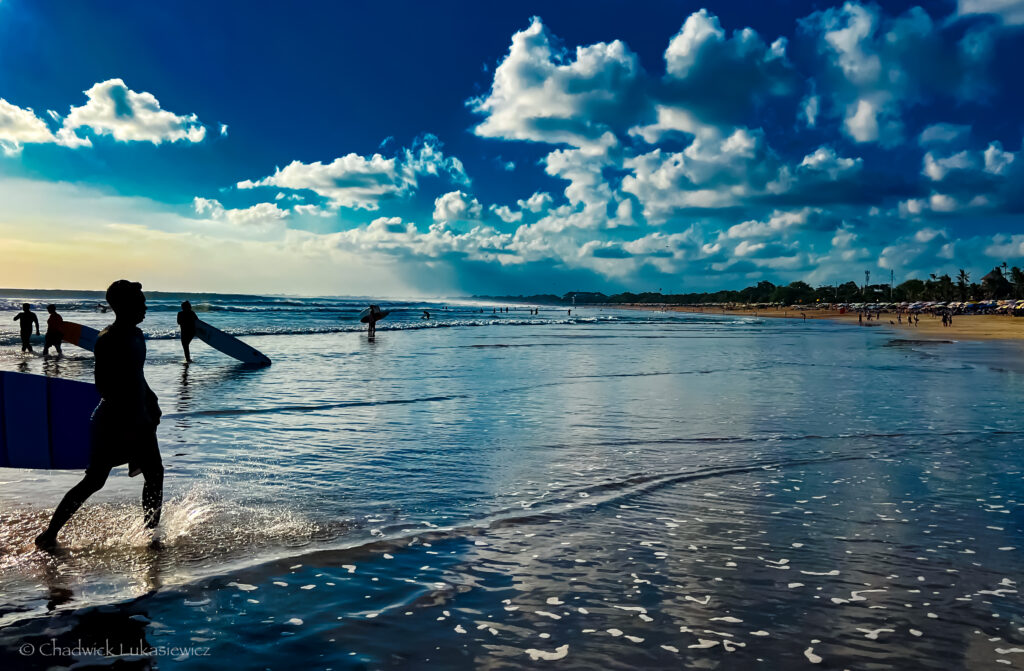Picture this: You’re standing at the base of a pristine slope in the Swiss Alps, your ADHD brain simultaneously thrilled and overwhelmed by the endless possibilities before you. The crisp mountain air fills your lungs as you try to remember if you packed your lift pass, grabbed enough water, or remembered to take your meds. Sound familiar?

Hey there! I’m Chadwick, a Licensed Professional Counselor and fellow neurodivergent adventurer. After being diagnosed with ADHD at 27 (later discovering I’m actually AuDHD at 30), I’ve learned firsthand how our unique minds can transform travel challenges into extraordinary adventures.
The truth is, maintaining routines while traveling can feel impossible for many of us with ADHD, but I’ve discovered that with the right strategies, our unique way of experiencing the world becomes our greatest asset for epic explorations.
Whether you’re planning a winter getaway or dreaming of summer adventures, I’m here to share my tried-and-true methods for building routines in the beautiful chaos of world travel. Get ready to transform your wanderlust from overwhelming to empowering!
Understanding the ADHD Travel Routines Conundrum

Let’s face it – our ADHD brains are both a blessing and a challenge when it comes to travel. During my recent snowboarding trip to the Swiss Alps, my impulsivity led me to explore an off-piste route I hadn’t planned on taking. While it resulted in some incredible powder runs and stunning photos, it also meant completely derailing my carefully planned schedule.
This is the ADHD traveler’s paradox: our spontaneity and creativity can lead to amazing discoveries, but our struggles with time management and routine can create unnecessary stress.
The good news? These very traits that make travel challenging can become our superpowers with the right approach.
Common ADHD Travel Challenges:
- Difficulty maintaining daily routines in new environments
- Time blindness leading to missed connections or activities
- Executive function overload in unfamiliar situations
- Sensory processing issues in busy tourist areas
Hidden ADHD Travel Strengths:
- Enhanced novelty-seeking leading to unique discoveries
- Adaptability in changing situations
- Creative problem-solving abilities
- Intense interest in new experiences
The Power of Flexible Routines for ADHD Globetrotters

Traditional rigid routines are like trying to fit a square peg in a round hole for our ADHD brains – especially when traveling. Instead, I’ve developed what I call “adaptable anchors” – flexible routines that provide structure without suffocation.
Creating Your Adaptable Anchors:
- Morning Launch Sequence:
- 3 non-negotiable basics (medication, hydration, protein)
- 10-minute room organization
- Quick body-weight workout or stretching
- Evening Wind-Down:
- 15-minute bag/gear check
- Next-day clothing layout
- Brief journal entry or photo review
Pro Tip: Your adaptable anchors should be simple enough to complete anywhere, whether you’re in a luxury hotel or a mountain refuge.
Strategy 1: The “Anchor Activity” Technique

The key to thriving in travel chaos? Having one consistent activity that grounds you, regardless of location. I call this your “anchor activity” – a daily touchstone that helps your ADHD brain feel at home anywhere in the world.
For me, it’s a morning workout followed by photo editing. Whether I’m in the Swiss Alps or a Tokyo hostel, this ritual creates a sense of continuity that helps my mind transition into explorer mode.
Choosing Your Anchor Activity:
- Must be portable and doable anywhere
- Should take 30 minutes or less
- Needs minimal equipment or supplies
- Can be modified based on location
Strategy 2: Time Blocking with a Twist

Forget rigid schedules – they’re kryptonite for our ADHD brains. Instead, I use what I call the “Swiss Cheese Method” of time blocking: solid chunks of planned activity with plenty of holes for spontaneity.
The Swiss Cheese Framework:
- Morning Block (2-3 hours):
- One major activity or sight
- Nearby coffee shop identified
- Clear entrance/exit strategy
- Afternoon Flex Time (4-5 hours):
- 2-3 optional activities listed
- Permission to follow interesting detours
- Built-in time for hyperfocus moments
- Evening Block (2-3 hours):
- Scheduled return to accommodation
- Flexible dinner plans
- Optional evening activity
Pro Tip: Always add 50% more time than you think you’ll need for each activity. Our ADHD time blindness loves to play tricks on us!
Strategy 3: Leveraging Technology for Organization

Let’s turn our love for shiny new apps into a travel superpower. Here are my must-have digital tools for keeping ADHD chaos at bay:
Essential Travel Tech Stack:
- Notion: For trip planning and documentation
- Headspace: Mindfulness when overwhelm hits
- TimeBloc: Visual schedule management
- Apple/Google Maps: Offline navigation with saved locations
Remember: Download everything for offline use! Nothing triggers ADHD overwhelm quite like losing internet access in a foreign country.
Strategy 4: The “Sensory Sanctuary” Approach

Creating a portable sensory haven is crucial for managing ADHD overstimulation while traveling. After nearly having a meltdown in bustling Tokyo, I developed my emergency sensory kit:
Essential Sensory Tools:
- Noise-canceling earbuds
- Soft, compressible Buff
- Favorite calming scent
- Sunglasses (even for indoors)
- Fidget toy for discrete stimming
Strategy 5: Mindfulness and Grounding Techniques on the Go

Ever found yourself completely overwhelmed in a new place? I certainly have. During my first day in Rome, the sensory overload of the bustling Termini station nearly sent me into shutdown mode. That’s when I discovered the power of portable mindfulness practices.
Quick Grounding Techniques:
- The 5-4-3-2-1 Method:
- 5 things you can see (focus on architectural details)
- 4 things you can touch (feel your backpack straps, passport)
- 3 things you can hear (local language, distant bells)
- 2 things you can smell (local coffee, fresh bread)
- 1 thing you can taste (carry mint or gum)
- The “Photography Focus” Reset:
- Frame one specific detail through your camera
- Take three intentional breaths
- Capture the image
- Review and reflect
Strategy 6: The “Adventure-Rest Balance” Method

Our neurodivergent brains often swing between intense stimulation-seeking and complete exhaustion. The key? Creating what I call “rhythm days” – alternating between high-energy adventures and strategic rest.
Sample Rhythm Day Structure:
- High-Energy Morning: Early exploration/activities
- Midday Reset: Quiet lunch and photo editing
- Afternoon Adventure: Cultural sites or outdoor activities
- Evening Unwind: Local cafe or hotel relaxation
Pro Tip: Schedule rest days after big adventures, not before. We all know our ADHD brains won’t let us truly rest when excitement awaits!
Strategy 7: Building a Supportive Travel Tribe

The right travel companions can make or break your journey. As someone who’s traveled both solo and with others, I’ve learned that building a neurodivergent-friendly travel circle is essential.
Finding Your Travel Tribe:
- Communicate your ADHD needs clearly
- Choose companions who understand flexibility
- Build in alone time for processing
- Connect with fellow neurodivergent travelers online
Join our Neurodivergent Navigators community on X (formerly Twitter), where hyperfocus meets wanderlust! We’re a growing tribe of ADHD, autistic, and AuDHD adventurers sharing travel hacks, sensory havens, and wellness strategies. Connect with us and share your journey!
Pro Tip: Whether traveling solo or with companions, remember that setting clear boundaries around social energy is crucial for enjoying your adventures. Sometimes the best travel moments come from knowing when to explore together and when to embrace solitude.
Finding Joy in the Travel Chaos

Remember, fellow ADHD adventurers: our neurodivergent minds aren’t a hindrance to travel – they’re our secret weapon for discovering the world in uniquely beautiful ways. With these strategies in your toolkit, you’re ready to transform potential travel challenges into extraordinary adventures.
Whether you’re planning your next winter escape or dreaming of summer explorations, remember that the perfect routine is the one that works for your brain. Pack your sensory kit, set up your adaptable anchors, and get ready to embrace the beautiful chaos of travel – your way.
Safe travels, and don’t forget: sometimes the best adventures come from those moments when our ADHD brains lead us wonderfully off course!
· · ·
Some of the links in this post are affiliate links, meaning I earn a commission if you click through and make a purchase – at no additional cost to you. As a neurodivergent traveler and mental health professional, I only recommend products I’ve personally tested and found genuinely helpful in managing AuDHD symptoms, sensory needs, or travel challenges. Read our full affiliate disclosure in our privacy policy. And remember: your unique needs matter most when choosing tools for your journey!





